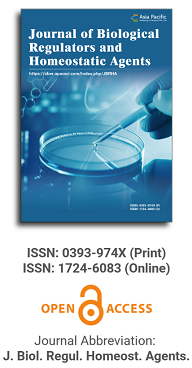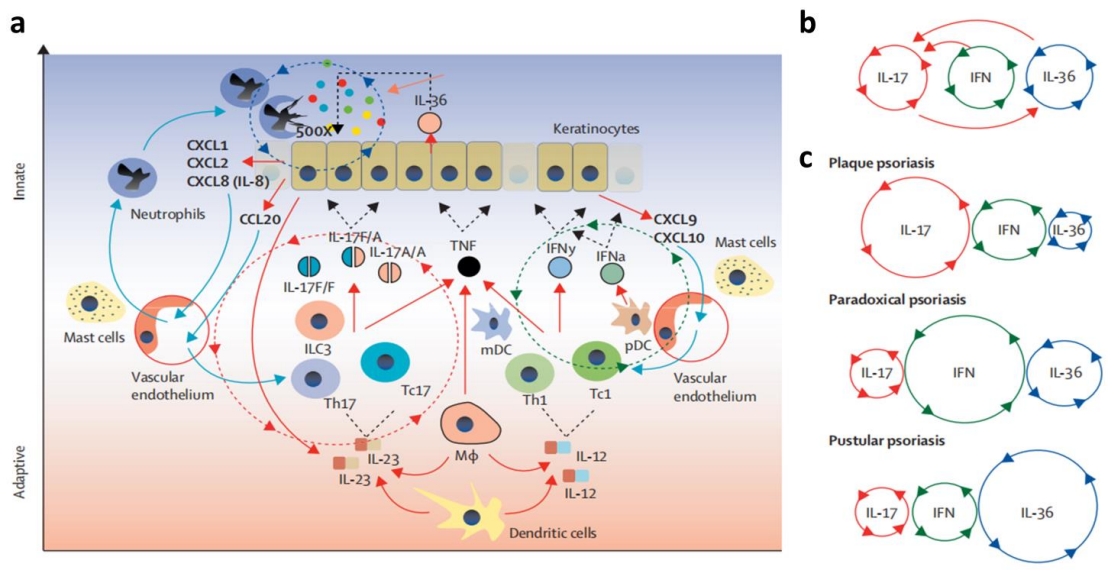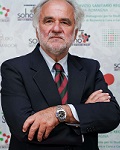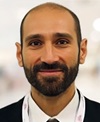
Asia Pacific Academy of Science Pte. Ltd. (APACSCI) specializes in international journal publishing. APACSCI adopts the open access publishing model and provides an important communication bridge for academic groups whose interest fields include engineering, technology, medicine, computer, mathematics, agriculture and forestry, and environment.

MONDANI INTRAORAL WELDING: HISTORICAL PROCESS AND MAIN PRACTICAL APPLICATIONS
Vol 31, Issue 2S1, 2017
Abstract
The intraoral welder was invented by Dr. Pierluigi Mondani during the early 70’s to weld titanium needle implants to a titanium bar in patient’s mouth and to load them immediately by means of resin prosthesis. The clinical use documented dates back to 1972. Over the years, many practical applications have been added to the initial one, which have expanded the use of this device. In this scientific work, main applications are described. The aim of the work was to trace the historical process of intra-oral welding according to Mondani and describe the main practical applications. Intra-oral welding is a process introduced by dr. Pier Luigi Mondani of Genova (Italy) which allows to firmly conjoin titanium implants of any shape by means of a titanium bar or also directly between them in the mouth during surgery. The immediate stabilization achieved by intraoral welding increases implants success rate, allows immediate loading even in situations of bone atrophy, saves implants that are running into failure, re-evaluates fractured implants, allows to stabilize submerged implants postponing prosthesis management, allows to achieve efficient rehabilitation protocols to deal with difficult cases. The 40-years’ experience with intra-oral welding described in this article, confirms the ease of use and efficiency in providing immediate stabilization of titanium implants of all types.
Keywords
References
Supporting Agencies
Copyright (c) 2017 L. DAL CARLO, M.E. PASQUALINI, P.M. MONDANI, F. ROSSI, E. MOGLIONI, M. SHULMAN

This site is licensed under a Creative Commons Attribution 4.0 International License (CC BY 4.0).

Medical Genetics, University of Torino Medical School, Italy

Department of Biomedical, Surgical and Dental Sciences, University of Milan, Italy

